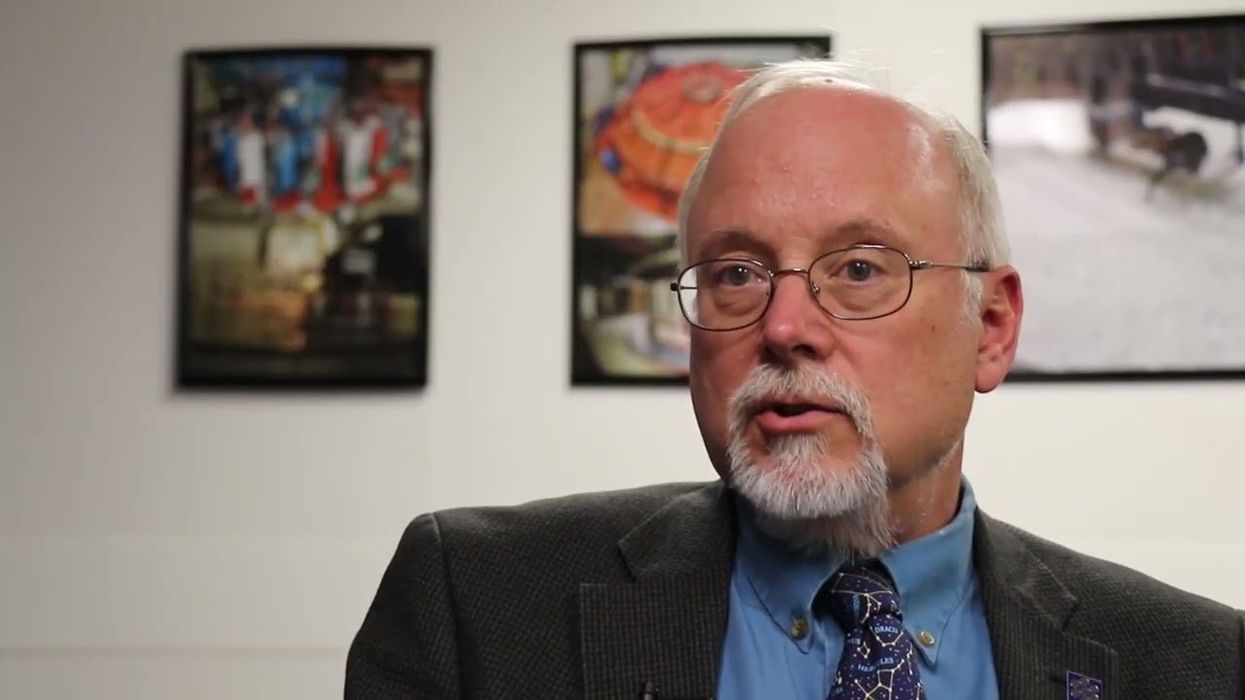Building a mirror for any giant telescope is no simple feat. The sheer size of the glass, the nanometer precision of its curves, its carefully calculated optics, and the adaptive software required to run it make this a task of herculean proportions. But the recent castings of the 15-metric ton, off-axis mirrors for the Giant Magellan Telescope (GMT) forced engineers to push the design and manufacturing process beyond all previous limits.
Building the GMT is not a task of years, but of decades. The Giant Magellan Telescope Organization (GMTO) and a team at the University of Arizona’s Richard F. Caris Mirror Laboratory cast the first of seven mirrors back in 2005; they expect to complete construction of the telescope in 2025. Once complete, it’s expected to be the largest telescope in the world. The seven 8.4-meter-wide mirrors will combine to serve as a 24.5-meter mirror telescope with 10 times the resolution of the Hubble Space Telescope. This will allow astronomers to gaze back in time to, they hope, the materialization of galaxies.
Each mirror costs US $20 million dollars and takes more than two years to build. Every stage of the manufacturing process calls for careful thought and meticulous planning. To begin, more than 17,000 kilograms of special glass are ordered and inspected for flaws. Next, a crew must build a 15-metric ton ceramic structure to serve as a mold for the glass, which they carefully place one chunk at a time. The glass is slowly melted and continuously spun in a furnace to create a parabolic shape, then cooled by fractions of degrees over the course of three months. And that’s only the beginning.
Once cooled, massive machinery lifts the mirror and tilts it to a vertical position. Engineers purge the ceramic mold from the mirror, wait for it to dry, and then rotate it again. They grind and refine the back of the mirror with exacting precision. Then they reposition the mirror in order to shape and polish the front face to within 20 nanometers of perfection—a process that takes about 18 months. Along the way, it undergoes four optical tests, some of which were engineered specifically for this project.
Any mammoth mirror requires much of the same engineering, but six of the seven GMT mirrors have an off-axis, parabolic shape. Producing an off-axis mirror at this scale is a new achievement for the Caris Mirror Laboratory and for the field in general.
Once four of the mirrors are complete, they must be transported to the Chilean Andes, where the giant telescope will be constructed on the peak of a mountain range. Even the transport to Chile will be a challenge—so much so that the teams have yet to decide exactly how they’ll pull it off. Still, GMTO says it is on course for the four-mirror installation and “First Light” in 2023, when the telescope will be turned to the night skies for the first time.
And then we’ll all get a chance to peer into the maternity ward of the cosmos and see galaxies being born.



